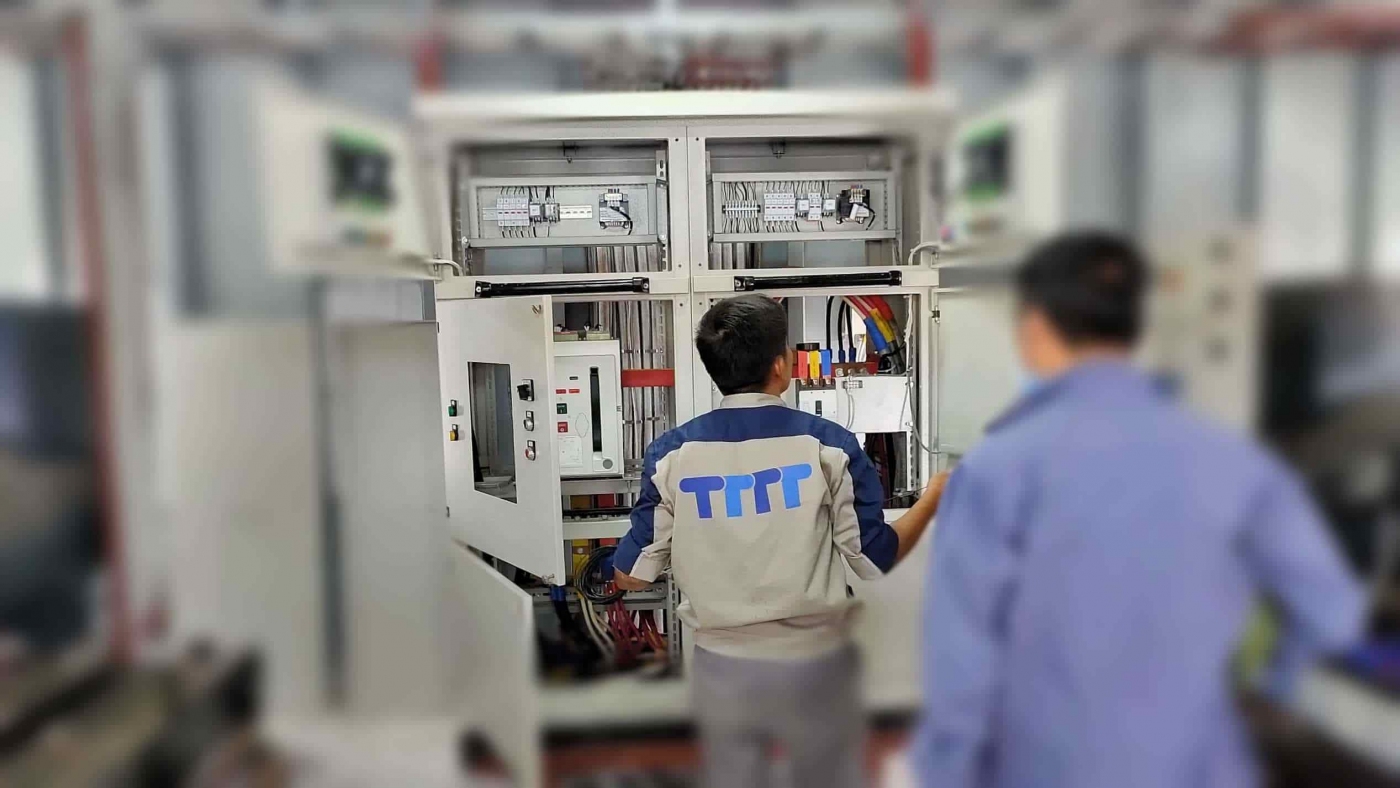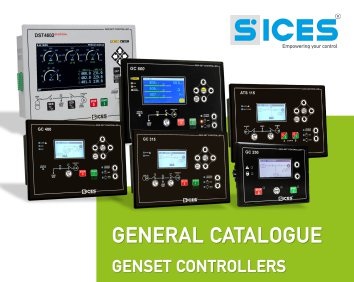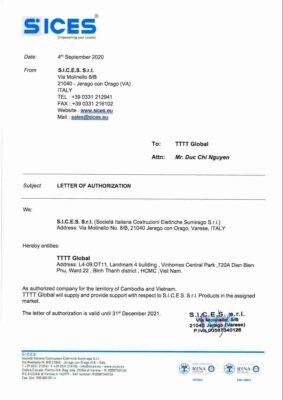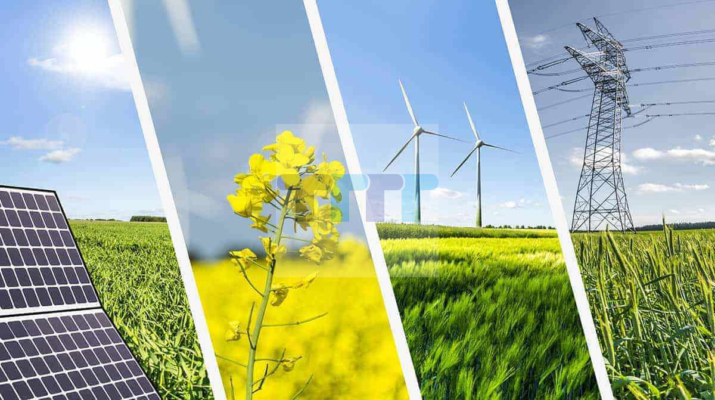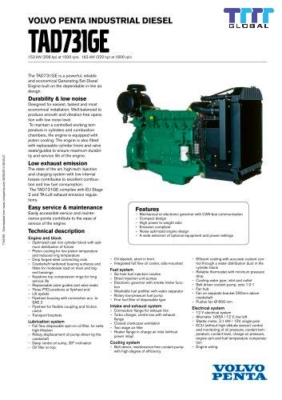In recent years, wind energy has become one of the most popular renewable energy sources in the world. With the continuous development of technology, wind power projects are becoming more and more popular. An important factor that determines the efficiency of wind turbines is the length of the wind turbine blades. This article will explore in detail: how long a wind turbine blade is, the factors that affect it, the importance of blade length for efficiency as well as practical applications in the energy industry.
You may be interested in the following articles:
- Analysis of the cost of 1 wind power tower
- Potential of Quang Binh wind power.
Contents
Factors influencing and importance
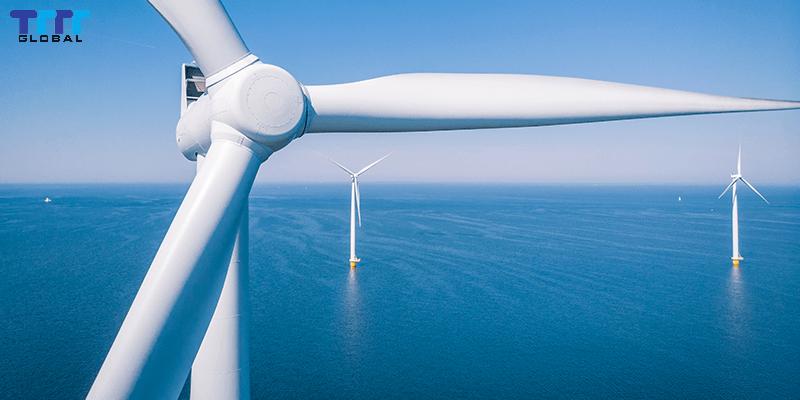
Before delving into the specifics of how long a wind turbine blade is, we need to understand the factors that influence the length of a wind turbine blade. These factors include the turbine design, the type of terrain where it is installed, the climate conditions, and the energy production goals.
The length of the blade directly affects the ability to capture energy from the wind. Longer blades have better wind capture ability, but also mean careful calculation to ensure safety and efficiency during operation. In addition, the blade also needs to be suitable for the surrounding environmental conditions, to minimize noise and optimize performance.
Wind Turbine Design
Wind turbine design plays an important role in determining the blade length. Each manufacturer has its own criteria in design, so the size of the blade can vary significantly.
Depending on the type of turbine, blades can range from a few meters to tens of meters in length.
The blade design also affects the angle, thickness, and shape of the blades, which in turn determines the ability to capture wind energy.
Terrain and climate conditions
The terrain where the wind turbine is installed also has a major impact on blade length.
- Areas with strong and stable winds often require longer blades to maximize wind energy.
- Conversely, in areas with weaker winds, using longer blades may not be economically optimal.
Energy production goals
The energy production goal also determines the blade length. If a project requires a larger energy output, choosing a longer blade is obvious.
- Large projects often prioritize using long blades to optimize electricity output.
- Meanwhile, smaller projects may choose shorter blades to reduce investment costs.
See more: Update latest price Mecc Alte ECO40 C
How long is a wind turbine blade? Actual survey and popular types
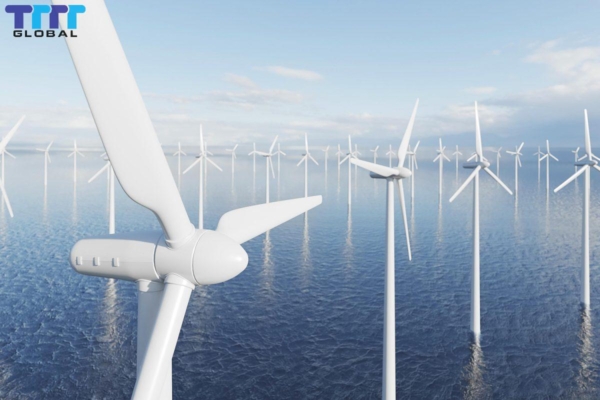
When it comes to the length of wind turbine blades, we cannot help but mention the actual surveys and popular types of blades today. In fact, the length of blades is increasing, thanks to the development of technology and the increasing demand for renewable energy.
Wind turbine blades today come in many different sizes depending on the purpose of use, manufacturing technology and performance requirements. Surveying the actual length of blades helps us have an overview of the development of the wind power industry.
Popular types of blades
There are many different types of wind turbine blades, each with its own unique characteristics.
- Blades for horizontal-axis wind turbines are usually longer than blades for vertical-axis wind turbines.
- Horizontal-axis wind turbines are the most popular type today and often have blade lengths from 40 to 80 meters or more.
Actual blade length survey
According to recent studies, the average length of a wind turbine blade is about 60 meters. However, the latest blades have reached lengths of up to 100 meters or even more.
- This development not only increases productivity but also reduces the cost of generating electricity from renewable energy sources.
- Actual surveys also show that, in areas with strong winds, longer blades help optimize performance.
Blade length development trends
The trend of blade length development is progressing rapidly. Many wind power companies are researching and developing new solutions to increase efficiency and save costs.
- New technologies such as lighter and more durable materials have opened up opportunities to produce longer blades while ensuring safety.
- In addition, the application of automation technologies in the production process also helps improve the quality and performance of blades.
The role of blade length and technical measures
Wind turbine blade safety and maintenance is an important issue, especially when it comes to blade length. Longer blades may be exposed to more risks during operation, so proper maintenance measures are required to ensure safety.
Risks and challenges
Long blades may be exposed to structural and dynamic risks.
- When blades rotate at high speeds, centrifugal force can cause great stress on the blade structure.
- This can lead to blade damage or breakage, posing a danger to workers and surrounding equipment.
Maintenance measures
To ensure safe and efficient operation of blades, regular maintenance is essential.
- Managers need to regularly check the condition of blades, including components such as shafts, bearings and control systems.
- In addition, cleaning the fan blades is also important to remove dirt and impurities that can affect performance.
Monitoring technology
Monitoring technology is also increasingly developing, helping to monitor the condition of the fan blades more effectively.
- Smart sensors can collect data on wind speed, pressure, temperature and many other parameters.
- This data can be used to warn of potential problems early, thereby helping managers take timely corrective measures.
Choosing the right blade length for a wind power project
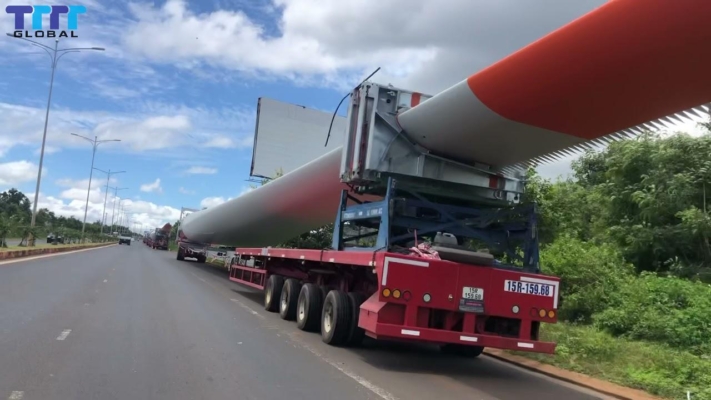
Choosing the right blade length for a wind power project is not a simple task. There are many factors to consider, from geographical conditions, energy production requirements to investment budget.
Making the right decision on blade length will directly affect the efficiency and profitability of the project.
Geographical conditions
The geographical conditions where the wind turbine is installed are an important factor to consider.
- Areas with strong and stable winds are suitable for using long blades.
- On the contrary, in areas with weak winds, using long blades may not be economically beneficial.
Energy production requirements
Energy production requirements are a key factor in determining blade length.
- If the project aims to produce a large amount of electricity, longer blades will be a reasonable choice.
- However, if energy production is not a priority, shorter blades may be a more economical option.
Investment budget
Investment budget is also an important factor to consider when choosing blade length.
- Longer blades are typically more expensive in terms of both initial investment and maintenance costs.
- Therefore, it is important to carefully consider the costs and benefits before making a decision.
See more: 5kw vertical axis wind generator.
Company name:
TTTT GLOBAL co Ltd,.
- Address: Landmark 4 Building, Vinhomes Central Park, 720A Dien Bien Phu Str, Ward 22, Binh Thanh District, Ho Chi Minh City, Vietnam.
- Website: https://ttttglobal.com/en/
- Hotline: +84286 2728 334
- Email: Info@ttttglobal.com

